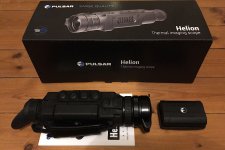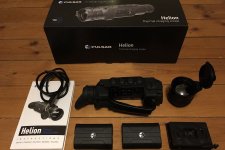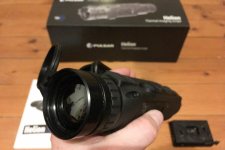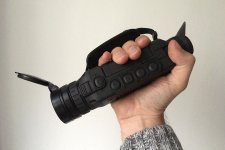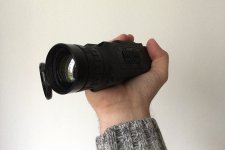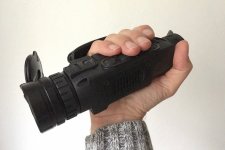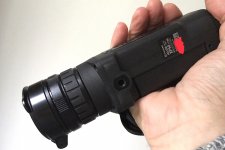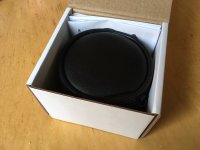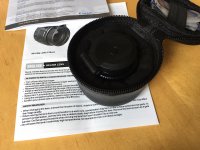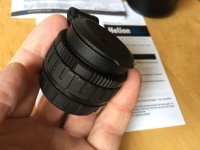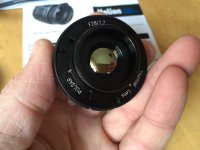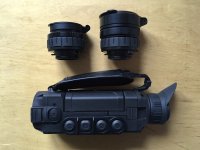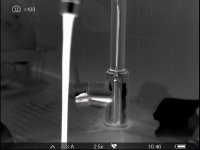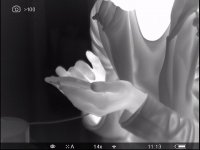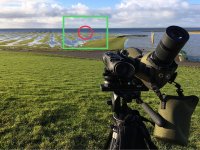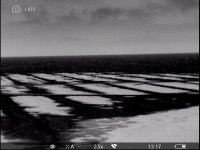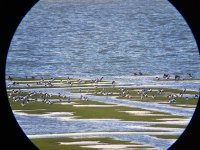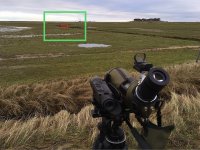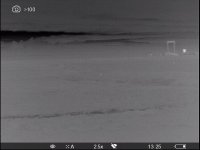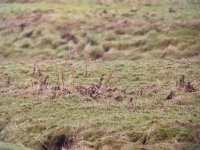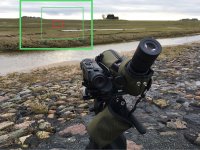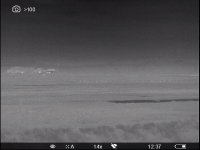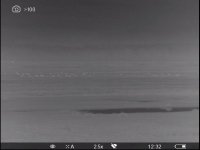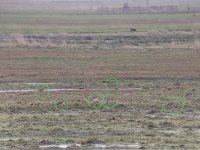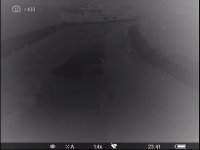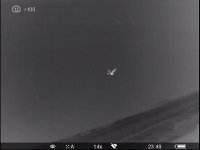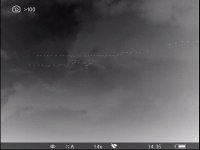Vollmeise
Well-known member
There are several older and some newer posts in different categories of the forum relating to thermal imagers and their possible benefits for birder's needs.
I read lots of could-ones, would-ones and should-ones but also found valuable hints and information here and there.
Precisely because this information is widely scattered and well hidden, I'd like to pull it all together in a new thread where all these questions, answers, experiences, practical hints and news will be collected and found for those who are interested.
So, here's my warm welcome :flowers:
I read lots of could-ones, would-ones and should-ones but also found valuable hints and information here and there.
Precisely because this information is widely scattered and well hidden, I'd like to pull it all together in a new thread where all these questions, answers, experiences, practical hints and news will be collected and found for those who are interested.
So, here's my warm welcome :flowers:




